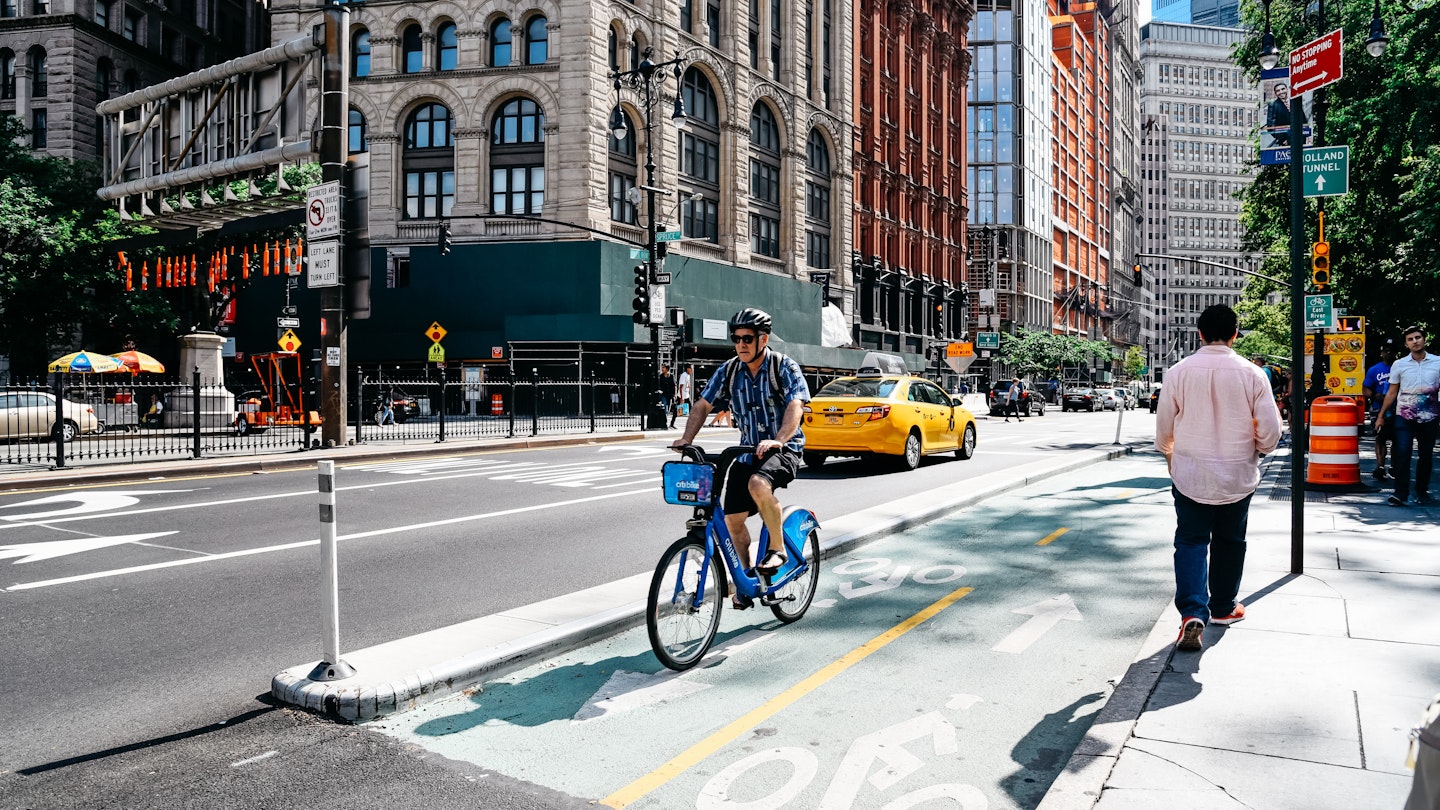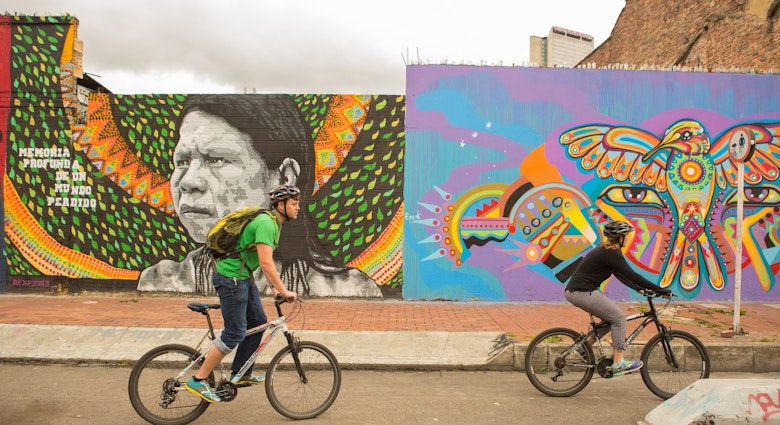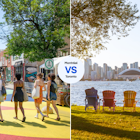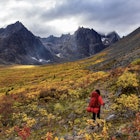As the novel coronavirus dramatically alters the landscape of New York City, it’s clear that the Big Apple will be a new kind of fruit once the pandemic passes. But what fruit will it be?
While predicting big-picture outcomes may be futile, there seems to be one small thing emerging victorious despite the city's pathogenic problem – the banana seat. The city once called New Amsterdam is doing like the Dutch once more by opting for pedal-powered transportation. As a result, New York, synonymous with yellow cabs and subway cars, is experiencing a surprising cycling coronaissance. And the same is happening across the world.
Soaring bike sales
Citi Bike, NYC's bike-share program, saw demand surge 67% in early March compared to the same period in 2019. Although these numbers waned after stay-at-home orders took effect, the pedal-palooza is far from over. Equipment in bike shops is rolling off the racks as fast as it appears. Ryan Zagata, president of the NYC-based manufacturer Brooklyn Bicycle Company, saw a 647% increase in sales compared to last year. "We went through an entire year's supply of bikes in the first four months of this year," he said. "Our showroom is completely bare; we don't have a single bike in inventory. We do have relief – we have a lot of bikes coming in June – but they've all been preallocated now."
New Yorkers aren't the only people buying bikes, either. "We have 450 partners in the United States and Canada," Zagata noted, "and the majority of the bikes are [being sold] in metropolitan areas: Seattle, Portland, Los Angeles, Chicago, Houston, Boston, DC, Vancouver, Toronto, Calgary, Montreal. We have a dealer in New York who said he'd take up to 300 bikes if we could get them to him."

A public transit transformation
Meanwhile, ridership on New York's subway system, the city's go-to for public transportation, recently plummeted over 90 percent. The resulting loss in fare-generated revenue, which has led to service changes and budget cuts, makes transit experts believe the Metropolitan Transportation Authority may end up operating with higher fares and slower service due to the financial fallout.
Fare hikes aside, it's unlikely trains will return to pre-pandemic capacity after NYC eases lockdown laws. In a study conducted last month by the bicycle company Trek, 85% of Americans said they felt cycling was a safer mode of transportation than public transit while practicing physical distancing.
Emily Batsford, a Brooklyn native, was a self-proclaimed "subway girl" until the health crisis made her consider transportation alternatives. She purchased her first Citi Bike membership in April. "The pandemic has made biking sort of a joyful necessity for me to feel agency in my situation," she said. "I did not realize until I got a Citi Bike membership how much mobility was directly tied to my sense of well being." She's not alone – 63% of Americans consider biking a helpful way to relieve stress and anxiety during the pandemic.

"As long as the weather is nice, I don't really see a reason to go back [to the subway]," Batsford added. "The Citi Bike membership is super affordable, and I feel really comfortable on a bike now." An annual Citi Bike membership currently costs $14 per month; an unlimited subway pass costs $127.
In April, New York announced plans to open 100 miles of roads in the coming months so pedestrians and cyclists can practice physical distancing. The permanence of these connected and protected areas is up to city officials, but as New Yorkers continue looking for alternatives to subways and buses, the popularity of biking may force their hand. Mayor Bill de Blasio has already made concessions for bikers since March, including the suspension of an e-bike crackdown.
Ted Wright, the Director of Bicycle and Greenway Program at the New York Department of Transportation, expects the number of cyclists in New York to continue rising. “I’m going to guess that we're going to see two to three times the amount of already high numbers in summer,” he said. “We're going to continue to build bike lanes at a very fast clip here… We’re focused on getting the actual lanes out and servicing the need.”
For New Yorkers, the need for bike lanes may become permanent. Jaron Barney, a Manhattan resident who relied solely on the subway in pre-pandemic New York, took an inaugural bike ride around his West Harlem neighborhood a few weeks ago. "I love New York," he said, “and the great thing about biking is that I've already seen more parts of the city... simply because I went for a ride. You get to know everything better."
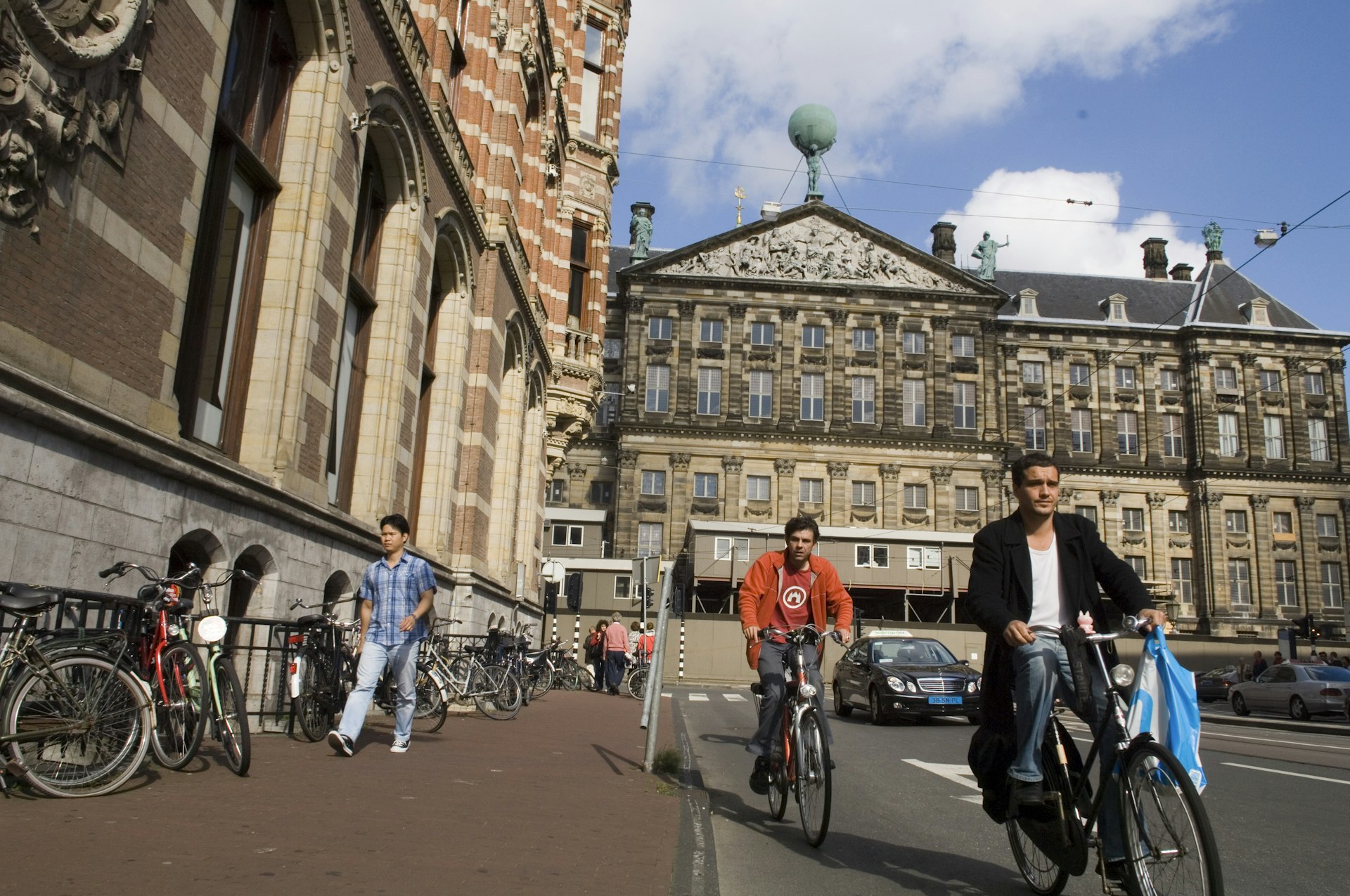
Cycling on a global scale
New York isn't the only city giving cyclists the green light. Berlin, Brussels, Seattle, Lima, Mexico City, Vancouver, Budapest, and Dublin are a handful of other urban centers responding to the pandemic with new cycling infrastructure. Milan plans on creating 22 miles of bike lanes in the coming months. Bogota added over 50 miles of emergency bike lanes in March. By June, Britain will start spending 2 billion pounds on bike-and-pedestrian pathways around the country.
In Paris, 30 miles of roadway are being reclaimed for cyclists, and the government is even offering people 50 euros to repair old bikes. France's Environment Minister, Élisabeth Borne, promoted the country's cycling initiatives on Twitter last month, writing, "We want this period to be a breakthrough in biking culture, and the bicycle to be the little queen of deconfinement."
The benefits of biking
Embracing cyclists may create a silver lining for cities dealing with the on-going health crisis. According to the Dutch Cycling Embassy, biking to work every day reduces depression and cuts serious health risks like heart disease and cancer in half. In Copenhagen, where 43% of people commute by bike, cyclists avoid 20,000 tons of carbon emissions annually by abandoning private passenger vehicles.
In cities with poor air quality, like New York, cutting back CO2 emissions can help in the fight against the coronavirus. A study conducted by the Harvard T.H. Chan School of Public Health found that COVID-19 fatalities increased 15% in areas with higher levels of air pollution, suggesting that long-term exposure to harmful air pollutants may make people more susceptible to having severe coronavirus cases.

As economies around the world suffer, leaning into bike culture may provide financial relief, too. Cyclists, on average, spend three times more than car drivers with local businesses. After New York installed protected bike lanes on 8th and 9th avenues in Manhattan, retail sales on 9th avenue grew 49 percent between 23rd and 31st streets.
"Think about when you're in a bus or the subway – it's not about the ride, it's about the destination," said Zagata, who lives in Williamsburg, Brooklyn. "You get into the tunnel, you put your headphones on, you read a book, and you awake yourself on the other end. You don't have that luxury on a bicycle, so it allows you to find that new coffee shop, that new Ethiopian restaurant, that new cool little sandwich spot, or that new open space you want to check out on the weekends. That's gonna make [New York] a much better place for a lot of people to live."
The reasons most people move to New York have momentarily vanished. Broadway theaters are dark, 5th Avenue is a ghost town, and popular restaurants remain ominously empty. Still, this transitional moment is providing government officials a once-in-a-lifetime opportunity to reshape urban spaces to prioritize their city’s physical and economic wellbeing.
"My dream is that on the saddle of a bike, people will fall in love with their city all over again," Zagata said. With plans for new infrastructure underway, there’s hope his dream might become a reality.
You might also like: The 10 best long-distance bike rides around the world
10 best places for a cycling holiday in 2020
Get more travel inspiration, tips and exclusive offers sent straight to your inbox with our weekly newsletter. Make sure you're ready for anything with travel insurance from our trusted partners.

